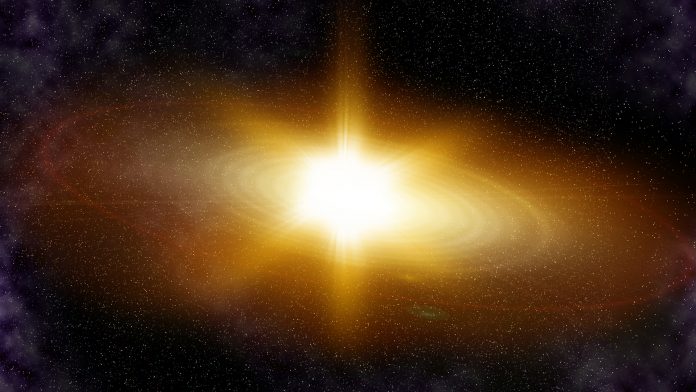Researchers have captured 3D images that reveal previously unknown details about the elements ejected during a supernova explosion.
Data, which has been gathered by the Multi-Unit Spectroscopic Explorer (MUSE) and X-shooter at the European Southern Observatory’s (ESO) Very Large Telescope (VLT), offers valuable new insight into supernova explosions.
The novel study has been authored by Josefin Larsson, who is an astrophysicist at KTH Royal Institute of Technology in Stockholm. The study has been conducted in collaboration with researchers at Stockholm University, the University of Warwick and at ESO.
The researchers’ findings have been published in the Astrophysical Journal.
Novel supernova explosion data
The group studied a 1,000-year-old supernova called SNR 0540-69.3. While this supernova has been analysed before by scientists interested in observing the remnants of exploded stars, there is still much to be learnt about this fascinating phenomenon.
The new observations have revealed the distribution of material ejected during a supernova explosion with a level of detail previously unheard of. This has led to two novel discoveries: firstly, the existence of a large ring of oxygen encircling the supernova remnant’s innermost regions, and secondly, a mysterious blob of hydrogen unlike anything previously seen in other supernova remnants.
3D mapping
The study offers a 3D map of the dispersal of the emitted elements in the forms of rings and clumps, which carry important information about the progenitor star and the explosion mechanism, Larsson explained. 3D mapping then allows researchers to test theoretical models, adding to the growing body of evidence that such structures are omnipresent features of supernova ejecta.
“These ejecta have been travelling for a thousand years—it’s been a free expansion since the explosion,” Larsson said. “So it’s really telling us about the conditions at the time of the explosion.”
The results emphasise the significance of asymmetries and mixing in supernova explosions. “What we see in the explosion is that all the elements get mixed. The original structure of the star is disrupted, and it’s clearly not symmetrical,” Larsson added.
Star evolution
Through fusion, stars evolve to form heavier elements at their core as nuclei combine into heavier nuclei. The evolution resembles an onion, with layers of gradually heavier elements forming inward. When a star explodes, the innermost core collapses to form a neutron star — but the outer layers of sulfur, argon, oxygen and hydrogen, among other elements, are mixed and ejected in what Larsson described as an “asymmetric distribution of rings and clumps.”
Rings of ejecta have been detected in a small number of other nearby supernova remnants, but the particular case of SNR 0540 adds novel information by exposing small-scale rings in the very innermost regions.
Larsson is intrigued by the origin of the hydrogen blob. “Is it part of the material ejected in the explosion?” she asked, “Or, maybe it was blown off from the outer layers of a binary companion star.”
The explosions of supernovae are crucial to understanding the contents of the universe, she concluded. “They spread elements formed in the star and in the explosion itself. Without stars and supernovae, we would essentially only have hydrogen and helium in the universe.”







